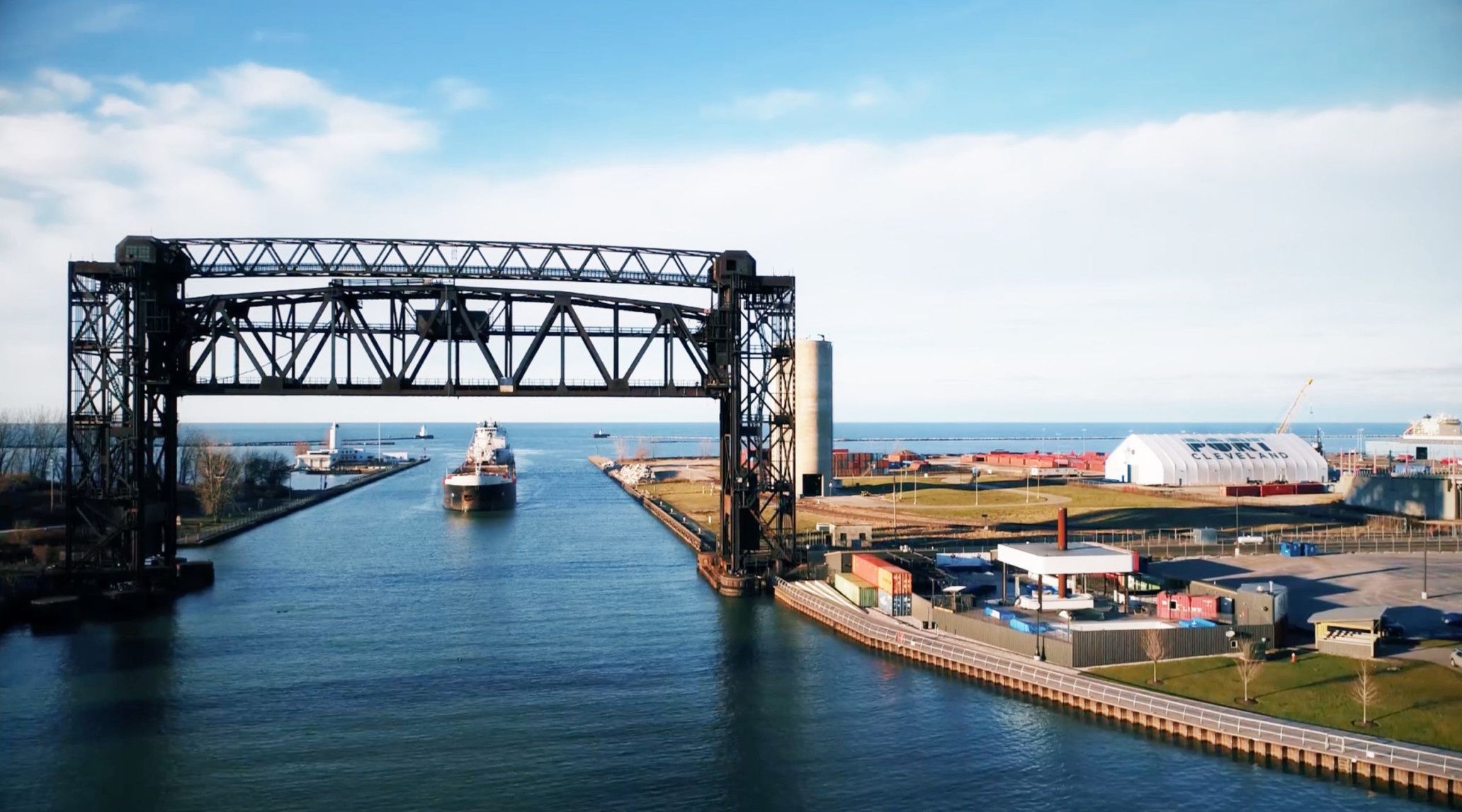A comprehensive new report that examines the future of lower-carbon shipping fuels for the Great Lakes St. Lawrence Seaway maritime system has been released by the Great Lakes St. Lawrence Governors & Premiers (GSGP), the International Council on Clean Transportation (ICCT), and American Bureau of Shipping (ABS).
The report, Feasibility Study of Future Energy Options for Great Lakes Shipping, assesses a range of fuels that could be used to help decarbonize the regional maritime system. The report finds that each fuel alternative would initially cost more than traditional fuels but that different short and long-term strategies could be used to manage costs.
In 2022, the Great Lakes St. Lawrence maritime system transported over 135.7 million tons of cargo valued at US$26.1 billion. The current shipping emissions on the entire Great Lakes St. Lawrence system are equivalent to the annual emissions of about 250,000 cars. Shipping generates the lowest emissions per ton of cargo moved compared to any other means of transportation, so increasing maritime cargoes can reduce overall regional transportation-related emissions.
Key findings from the report include:
- Short-term (through 2030): Expand vessel electrification. Harbor craft and tugs are likely the most suitable for direct electrification. Biofuel, depending on how it is created, also holds potential for emissions reduction.
- Medium-term (through 2040): Explore zero-emission fuels. Methanol, ammonia, and liquid hydrogen hold potential as fuel alternatives.
- Long-term (through 2050): Replace fossil fuels with zero-emission fuels where feasible.With a diverse range of options, regional collaboration will be essential to support ports and terminals’ ability to provide the fuels of the future.
Additionally, continuing new research and improving data collection remain priorities as future efforts are made to decarbonize the region’s maritime system.
“This report provides us with a path to decarbonize maritime transportation. We must now seize the opportunity for near-term emissions reductions while we continue to work toward long-term goals,” said David Naftzger, GSGP’s Executive Director. “Our long-term goal is to double maritime trade while reducing the environmental footprint of the region’s transportation system.”
The U.S. Department of Transportation Maritime Administration commissioned the feasibility study of future energy options for Great Lakes shipping.
To learn more about GSGP’s Green Shipping Action Plan and other maritime projects, including evaluating which ferries might run on electricity, improving access to shoreside electrical power, increasing biofuel use, and streamlining data sharing, visit www.gsgp.org/projects/maritime/resources.
The Conference of Great Lakes and St. Lawrence Governors and Premiers unites the chief executives from Illinois, Indiana, Michigan, Minnesota, New York, Ohio, Ontario, Pennsylvania, Québec, and Wisconsin. The Governors and Premiers work as equal partners to grow the region’s $6 trillion economy and protect the world’s largest system of surface fresh water.
(Port of Duluth photo)





